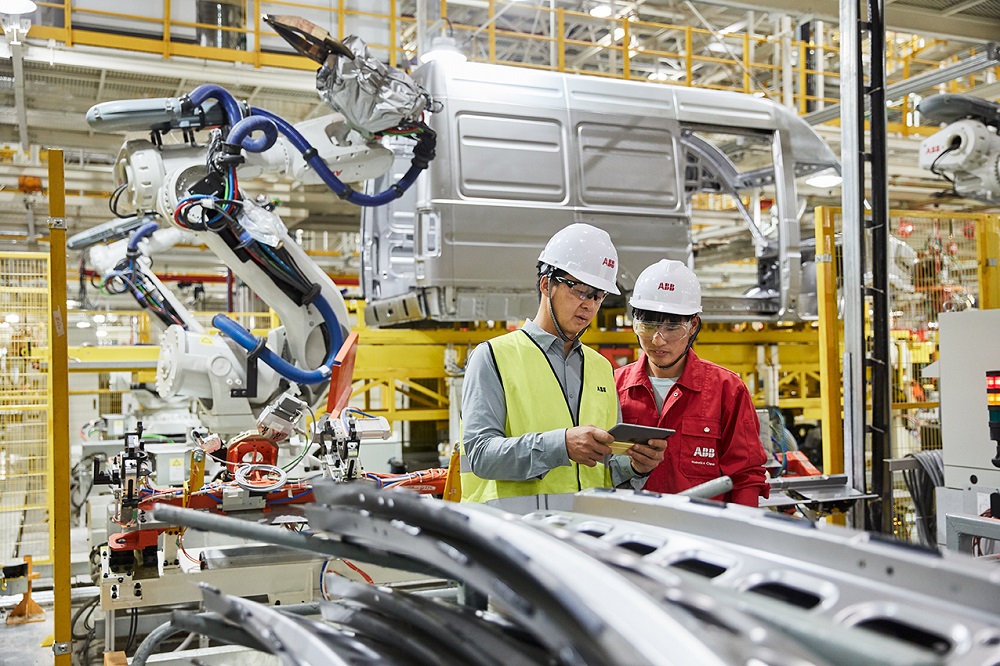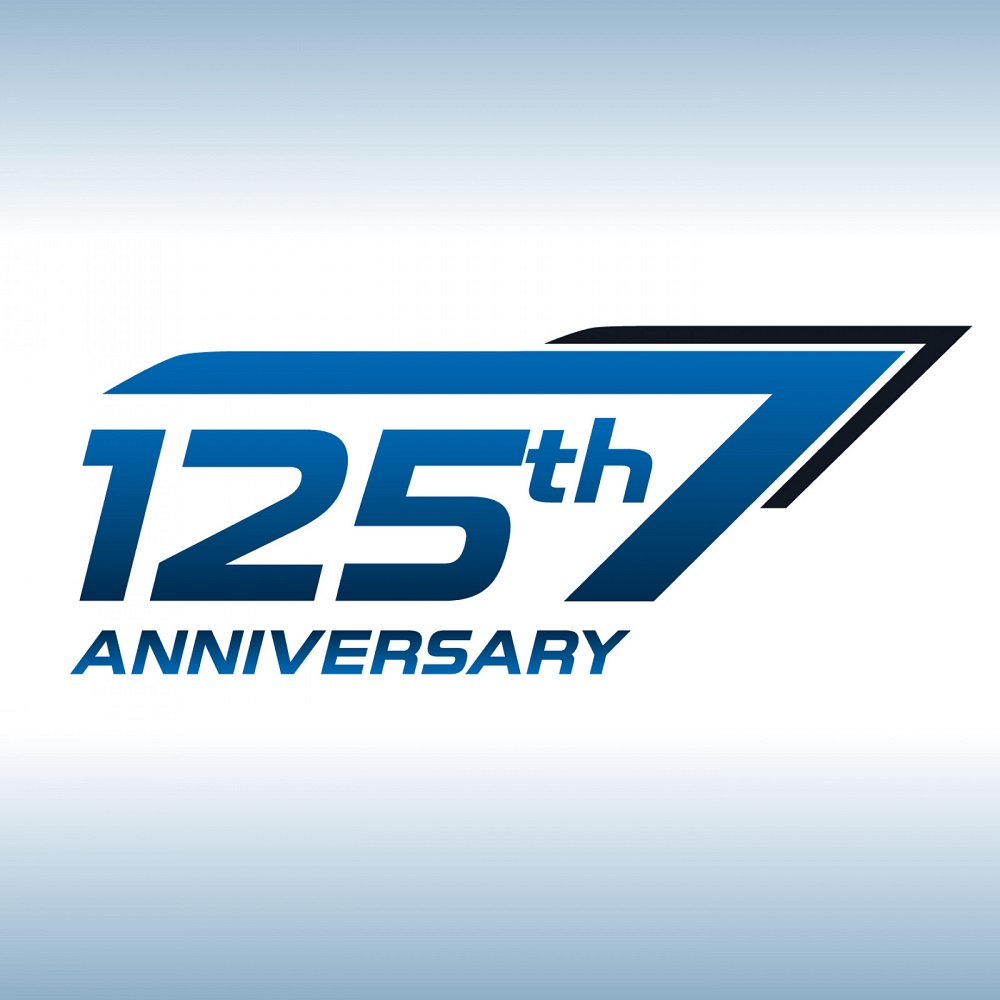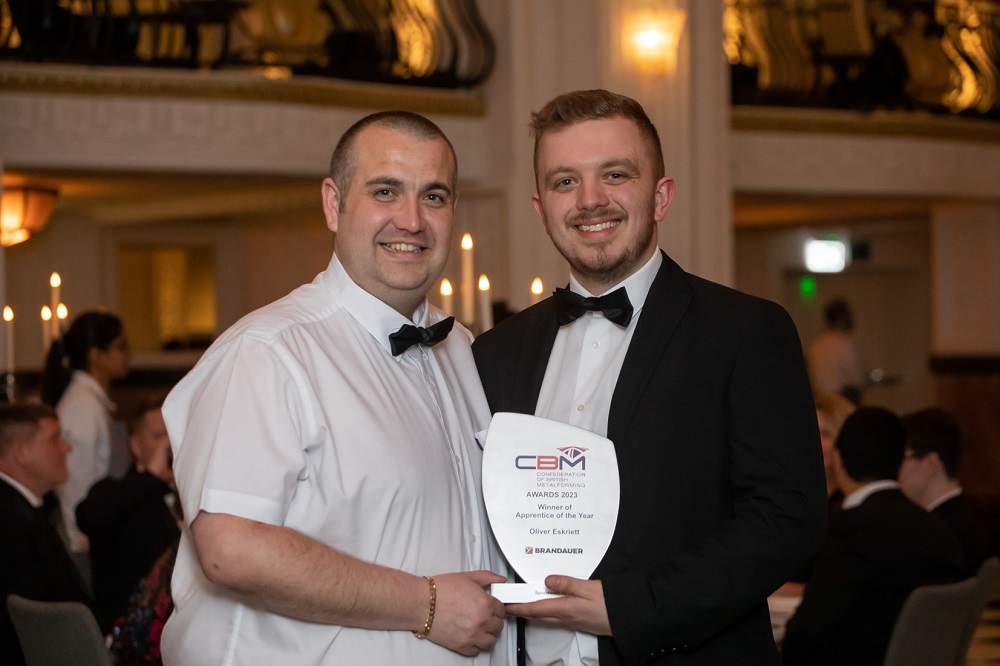Supply chain disruption and rising material costs are causing the global automotive industry to re-evaluate lean manufacturing principles, reveals a new survey commissioned by ABB Robotics. Shifting from ‘just-in-time’ to ‘just-in-case’ strategies, manufacturers are holding more stock to protect against unplanned disruptions.
Nearly two thirds (62%) of respondents reported ongoing supply chain concerns when asked to select their top three challenges to automotive manufacturing, while 41% cited the impacts of material and component price increases and 31% pointed to growing labour costs and shortages. The survey also revealed how manufacturers were turning to increased stockholding and bulk material purchasing to limit their exposure to disruption elsewhere in the supply chain, while working with a wider network of suppliers to ensure sufficient availability of parts.
“This seismic shift in manufacturing logistics requires smart, effective solutions,” says Joerg Reger, managing director of ABB Robotics Automotive Business Line. “ABB is addressing these challenges directly with more efficient and flexible solutions, such as our range of AMRs, which can greatly improve the speed of delivery of critical parts to the assembly line.”
The survey highlighted how the rising cost of raw materials (62%) had already overtaken energy costs (59%) as the industry’s chief concern. Energy efficiency continues to be important, while an identical number of respondents (17%) felt that tighter cost management was crucial to the industry’s response. After launching in 2022, solutions like ABB PixelPaint are helping to reduce waste and increase efficiency in automotive painting applications, enabling manufacturers to manage costs better while operating more sustainably.
The ABB survey includes close to 600 global industry experts, from vehicle manufacturers, and supplies at all levels of management, engineering and other key professionals.
For further information www.abb.com/robotics



















